-
Content count
964 -
Joined
-
Last visited
Posts posted by ndicki
-
-
This is VERY good news! May I join in on the skinning front at least with the Bf109F and derivatives? (Assuming it happens, that is.) Model builders who don't have a skinner to advise them are capable of doing the funniest things...
-
-
Well, I use pretty well the same techniques for SF as for CFS, although I admit I don't put quite as much detail always into the SF ones as I don't get to see it on my rig at least! Despite having settings on high or unlimited for aircraft. But the problem of chipping is that aluminium is not shiny really - if you pop along to your local warbirds museum and look especially at the propellors of the ones that still fly (they usually keep the rest of the paintwork unrealistically clean, and even use gloss paint in the US - ridiculous...) you'll see what I mean. It's greyish and shines really only when it gets the light. To represent that in CFS is easy - pale to medium greys in the visible layer, and high specularity in the specular layer to make it glint without it being too obvious when the light isn't on it. Without the specular layer, you'd need to use too pale a grey, and that, in my opinion, would just make it look as though it had had a few pigeons sitting on it for a while...
-
Spitfire MkVb, No.401 Sqn RAF, 1942
Spitfire MkVb, No.401 (Canadian) Sqn RAF, Gravesend, May 1942
Originally No.1 Sqn RCAF, the squadron became operational on Hurricane at Northolt in August 1940 after a period of in-theatre training. After the Battle of Britain, in which it was reasonably successful, it was moved to Prestwick in Scotland. Shortly after returning to the South to Digby in February 1941, it was renumbered to No.401 to avoid confusion with No.1 Sqn RAF. Spitfire MkIIs replaced the Hurricanes in September 1941, and were themselves replaced by MkVbs before the end of 1941. These aircraft remained until their replacement, in turn, with the new MkIX in the course of the late summer of 1942, making 401 one of the first squadrons to operate the MkIX. In October 1941, 401 had moved from Digby to Biggin Hill, carrying out offensive sweeps over Northern France.
Serial numbers in this pack correspond to MkVb aircraft used by 401 Squadron during 1942, although many of these aircraft were on strength only for some days, for obvious reasons. Where a pilot has been identified as having flown a particular aircraft (The Royal Air Force did not attribute aircraft to particular pilots, although many did tend to have their favourites) that pilot has been listed in the menu. Aircraft of note are Pilot Officer Don Blakeslee's BL753 'H' and Pilot Officer Don Morrison's BM373 'F'. Aircraft appearing in the menu without an asterisk carry the correct individual letter for that aircraft.
This Ocean Grey/Dark Green/Medium Sea Grey Day Fighter Scheme was introduced wef August 1941, although its implementation lasted up until at least the end of 1941. This original shade of Ocean grey, not to be confused with the shade standardised in mid-1942, was ordered to be mixed from seven parts Medium Sea Grey to one part Night and applied on-squadron. In practice, while it could vary wildly, it was generally darker than the later, factory-produced shade, and lacked the blueish hue. It is typical of the period running from late 1941 until the autumn or even winter of 1942.
For use ONLY with SF2 including the Israel Expansion Pack. This will NOT work if you do not have the stock TW Spitfires installed and working.
Includes 2048 and 1024 size skin sheets.
Credits:
Model by Third Wire
Flight Dynamics by ShrikeHawk based on TW Spitfire MkIXc
Cockpit by Kesselbrut
Skin, decals, data.ini modifications, formations, sounds and assembly by ndicki
Guns by AvHistory
-
Submitter
-
Submitted06/06/2011
-
Category
-
-
Nice stuff! Lots of imagination!
-
The tgas are cockpit specular files - there are jpg files for external specularity, that go in with the main texture files. The Spits don't get them, being AI-only. The Mustang and Meteor do though. Could be useful if I get bored!
-
Well, the Mustang and the Meteor have tga reflective sheets, but I can't for the life of me see where they go...
-
I'd sort of understood the bump maps in principle, but not the specular layers. I've just spent ALL DAY repairing a corrupt May 11 update... Download the whole series again, etc, etc. I'll take a look. If he's moved on to dds files, it's easy...
-
What specular maps? In SF2? Learning something here - keep talking...
I hope you've installed my series of updated Bf109Gs and Ks in CFS3! They do a lot of things the stock ones don't...
http://www.sim-outhouse.com/sohforums/local_links.php?catid=10
The British and German stand-alones libraries are largely filled with my efforts... And there are a few American ones, and assorted skins as well.
-
To be frank, my first priority would rather be getting these models sorted out with good descending LODs. I won't be the only one who finds many of them difficult to use in realistic numbers.
-
I admit I removed the "double" static gunsight from the "Spit" cockpit, and recoloured the base textures... A decent late Bf109-style one would be good too, I must say!
-
great! I'd like some weathering on these... like on the last pic close to wing root. Up to you of course

There is a fair amount of paint chipping here and there - nothing extreme, because I never seem to get it just right! - but it doesn't show owing to the limitations of the sim. It's the same with the riveting - it doesn't really show up even though it's all there. By contrast, here are a few from CFS3, which can be made very sharp indeed, and which I use for all my "to-print" screenshots as it looks so good. Well, not from the box, it doesn't, but once you sort a few things out, I mean!
OK, I know I'm showing off... But the point is that SF simply doesn't render the detail so well, no matter what settings one uses.
-
 1
1
-
-
This is the follow-on of the MkVb stand-in - from 15th August 1941, the order went out to overpaint the Dark Earth areas with a new grey shade made up on-station from mixing seven parts of Medium Sea Grey to one part Night. The resulting shade was given the official name of Ocean Grey, but had none of the blueish hue of the definitive shade of (unmixed) Ocean Grey introduced in mid-1942. This theoretically darker, blue-free shade was common up until the end of 1942, and predictably varied immensely in its application, ranging from a dark grey similar to Dark Sea Grey to a paler grey virtually indistinuguishable from the original Medium Sea Grey.
These aircraft are from No.401 Sqn RAF - originally No.1 Sqn RCAF, which was renumbered in order to avoid confusion. A certain Pilot Officer Don Blakeslee (BL753 'H') may not be unknown to the Americans on the forum. Again, all serial numbers correspond to aircraft in service with 401 during the spring and summer of 1942, and mnay of the individual letters correspond to the serials. Quite a lot of work, actually...
-
Oh lovely stuff! Looks great!
-
I like read-mes. Mine are very good too!
-
Got it - looking very good. Thanks!
-
I think (HOPE!) that'll do the trick... I'm dying to find out what that "Spit" cockpit looks like in mine!
-
I'd suggest a re-upload (yes, I know...) but using one single type of compression. I think 7zip is trying to open the zip files AS WELL as the 7z shell, and it can't.
-
Just have - no change. Both from each download site do the same thing. They get as far as creating the zip files, but they're empty.
-
Spitfire MkVb, No.92 Sqn RAF, 1941
Spitfire MkVb, No.92 (East India) Sqn RAF, Biggin Hill, February - October 1941
After fighting throughout the Battle of Britain, during which it produced a number of noteworthy aces, No.92 stayed at Biggin Hill during the summer of 1941. This was the time when the RAF began its 'lean forward' into occupied France, effectively turning the tables on the Luftwaffe and finally taking the fight back to the Continent. In February 1941, No.92 was the first squadron to receive the new MkV Spitfire.
The markings carried throughout 1941 included the Sky 'Fighter Command' band and spinner introduced in December 1940 and returned to the all-Sky undersides again after a brief period from December to April when the port wings of fighter aircraft were once again painted black. At this time, the spinner and band were in fact generally painted not Sky but Sky Blue for some reason; the correct Sky colour appeared more generally in the second half of 1941.
Serial numbers in this pack correspond to MkVb aircraft used by 92 Squadron during 1941, although many of these aircraft were on strength only for some days, for obvious reasons. Where a pilot has been identified as having flown a particular aircraft (The Royal Air Force did not attribute aircraft to particular pilots, although many did tend to have their favourites) that pilot has been listed in the menu. Pilots of note included such well-known types as Brian Kingcome, Neville Duke, Titch Havercroft, Don Kingaby, Geoff Wellum, Trevor Wade and many others.
For use ONLY with SF2 including the Israel Expansion Pack. This will NOT work if you do not have the stock TW Spitfires installed and working.
Includes 2048 and 1024 size skin sheets.
Credits:
Model by Third Wire
Flight Dynamics by ShrikeHawk based on TW Spitfire MkIXc
Cockpit by Kesselbrut
Skin, decals, data.ini modifications, formations, sounds and assembly by ndicki
Guns by AvHistory
-
Submitter
-
Submitted06/03/2011
-
Category
-
-
7z is unzipping the outer shell, but the extracted zip files are 0kb, and empty. Even the jpgs are invalid - 0kb. Weird...
-
Odd. 7zip unzips the outer shell, but the zip files inside come up as invalid. Let me try again - maybe to do with settings or something.
Nope. The diagnostic screen reads "Unsupported compression method for..." followed by the name of the zip file. A folder is generated, but it's empty.
What version of 7zip are you using? I've got 4.65. It's worked so far...
-
Hi Stary - I think there must be a problem with the compression. I've downloaded it twice, from each link, and it opens the 7z file but says the zip files inside are invalid...
-
Good stuff! I've got the MkVb coming out soon, based on your FM.


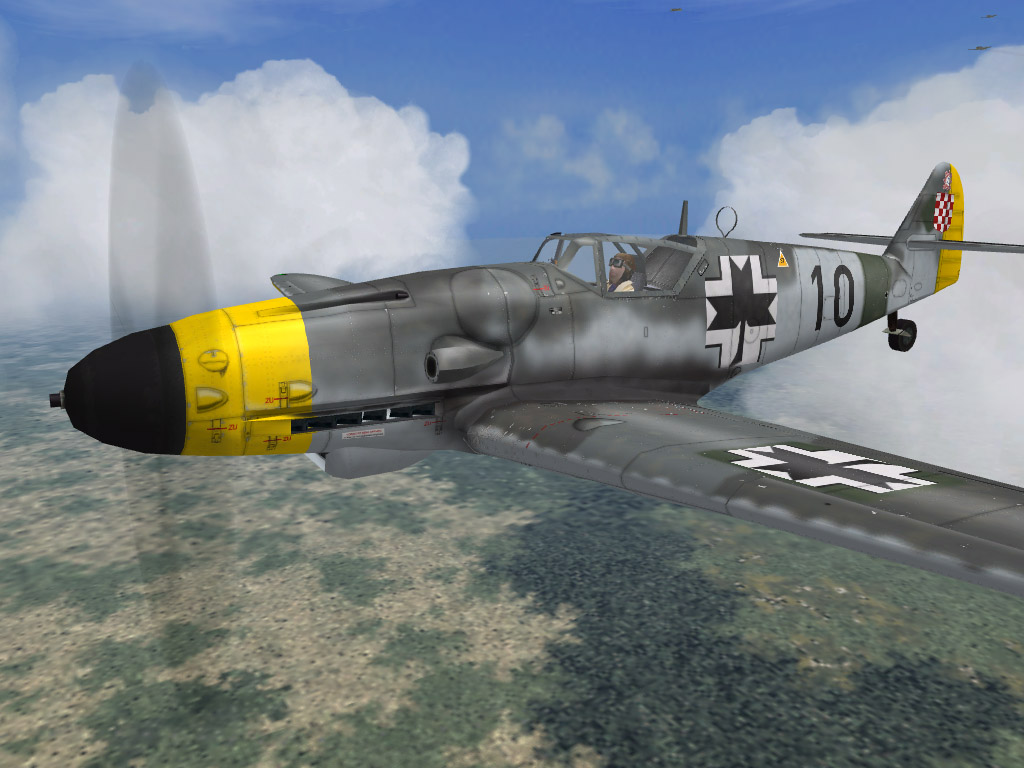



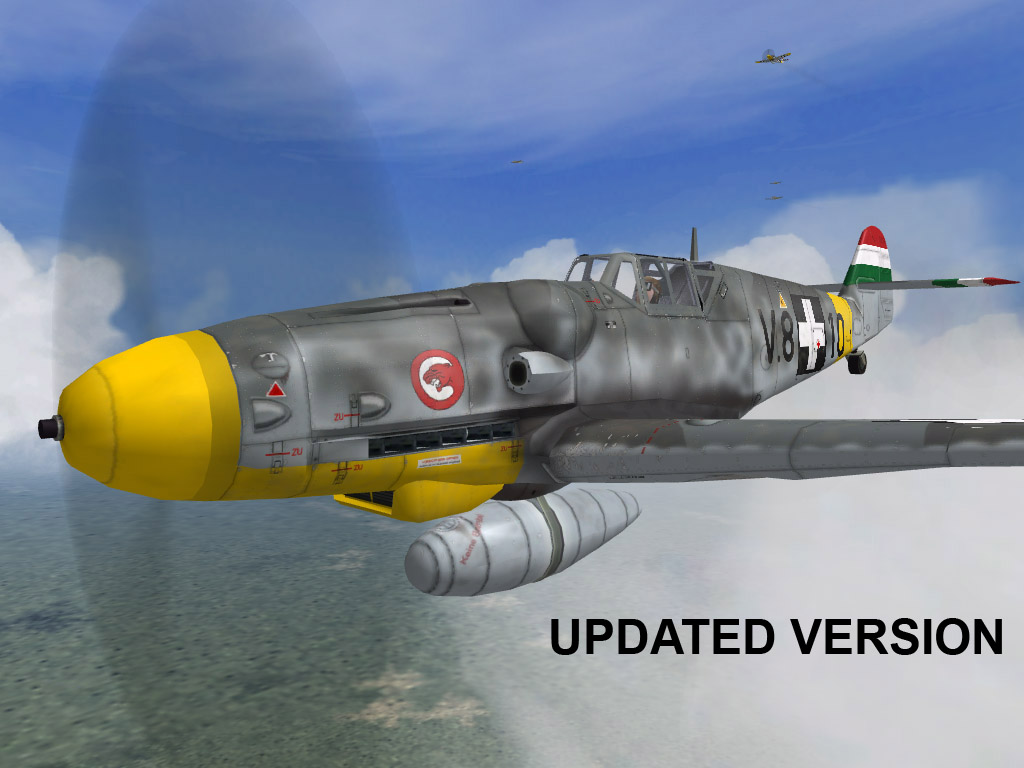
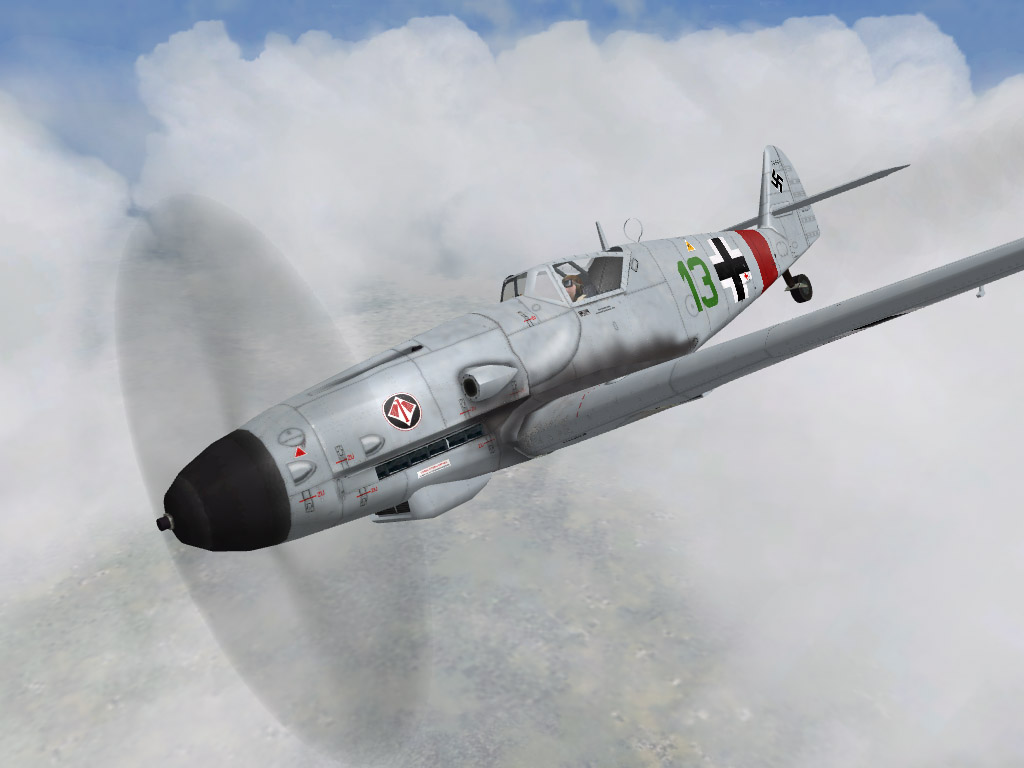
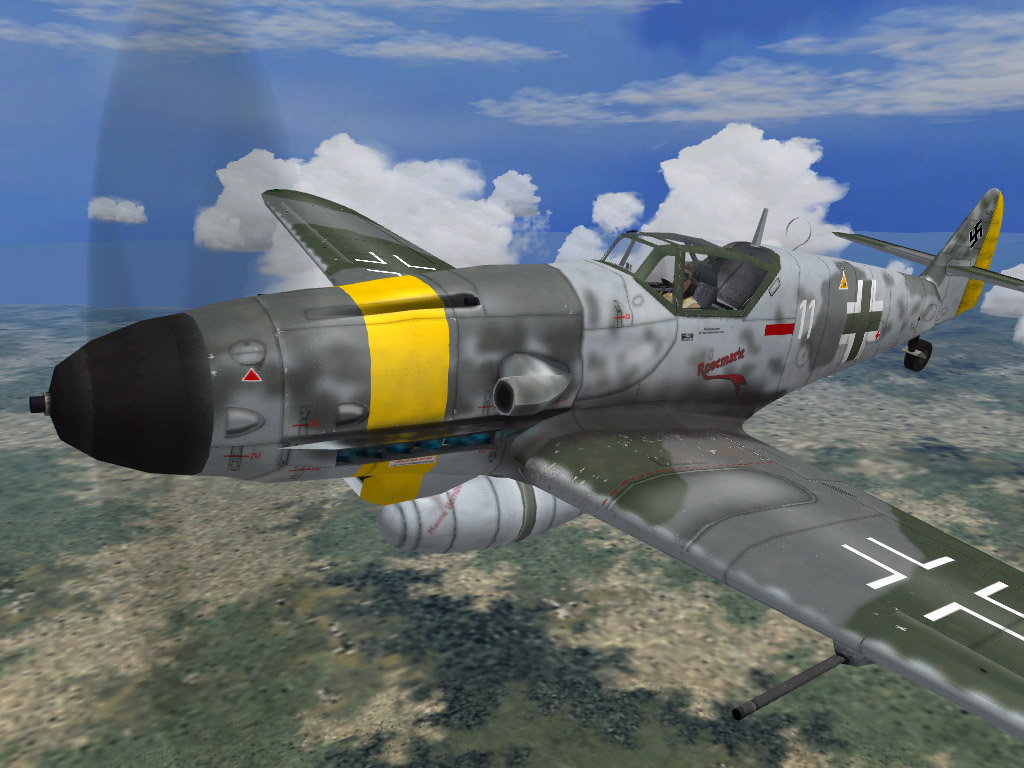

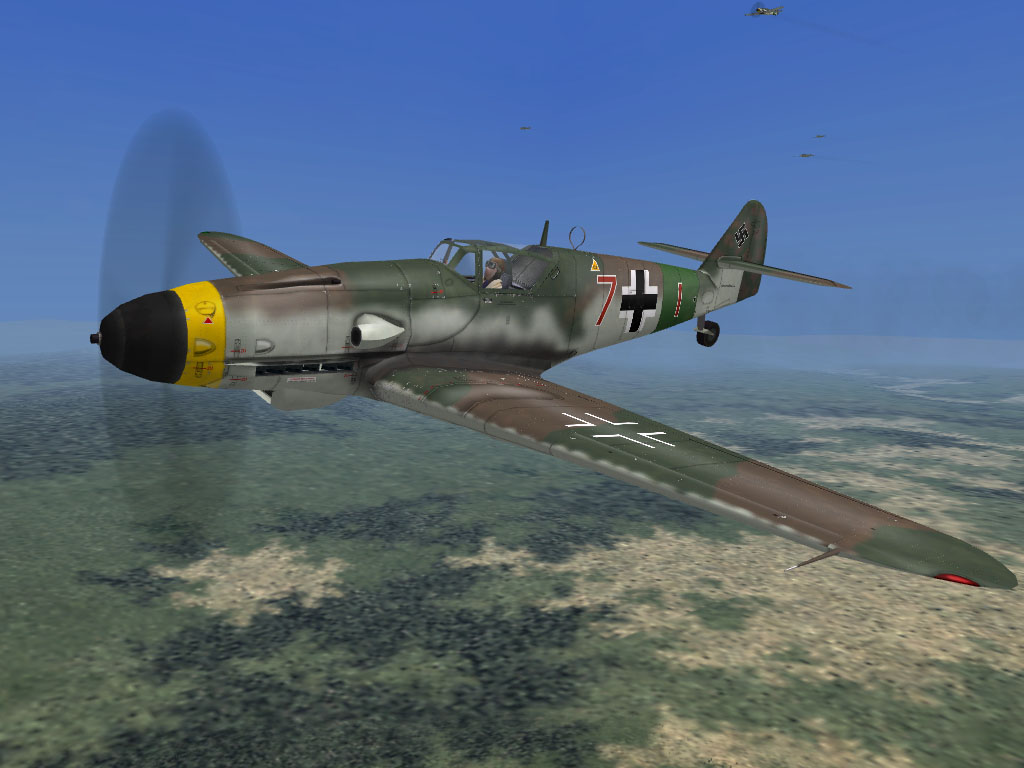
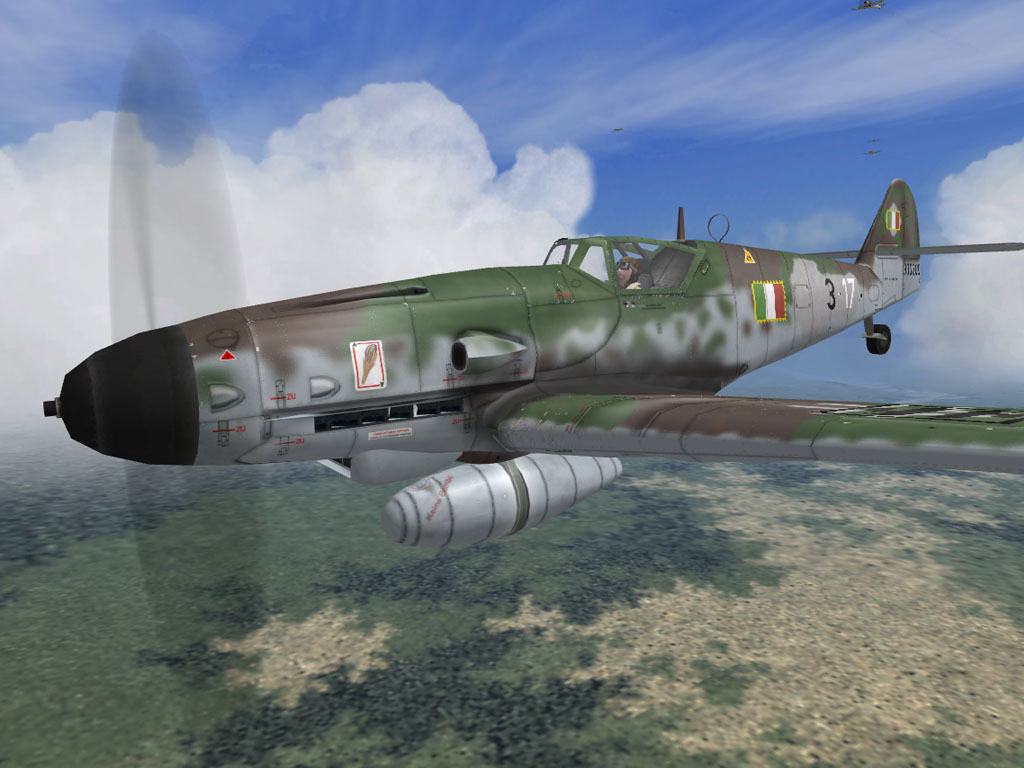
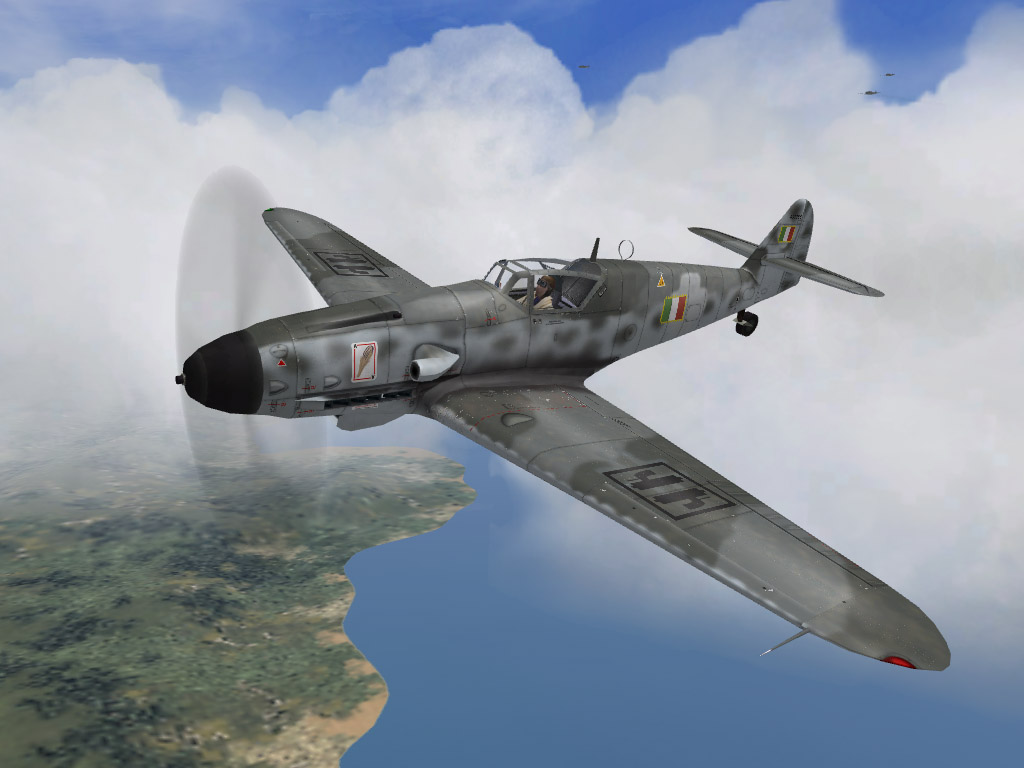
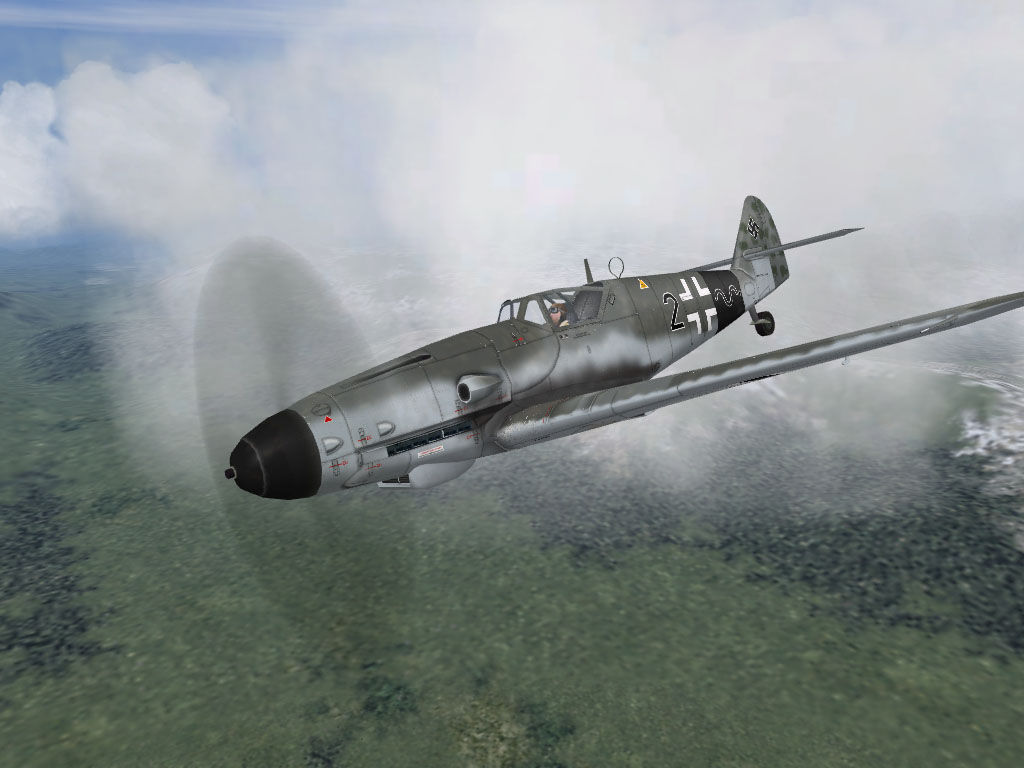
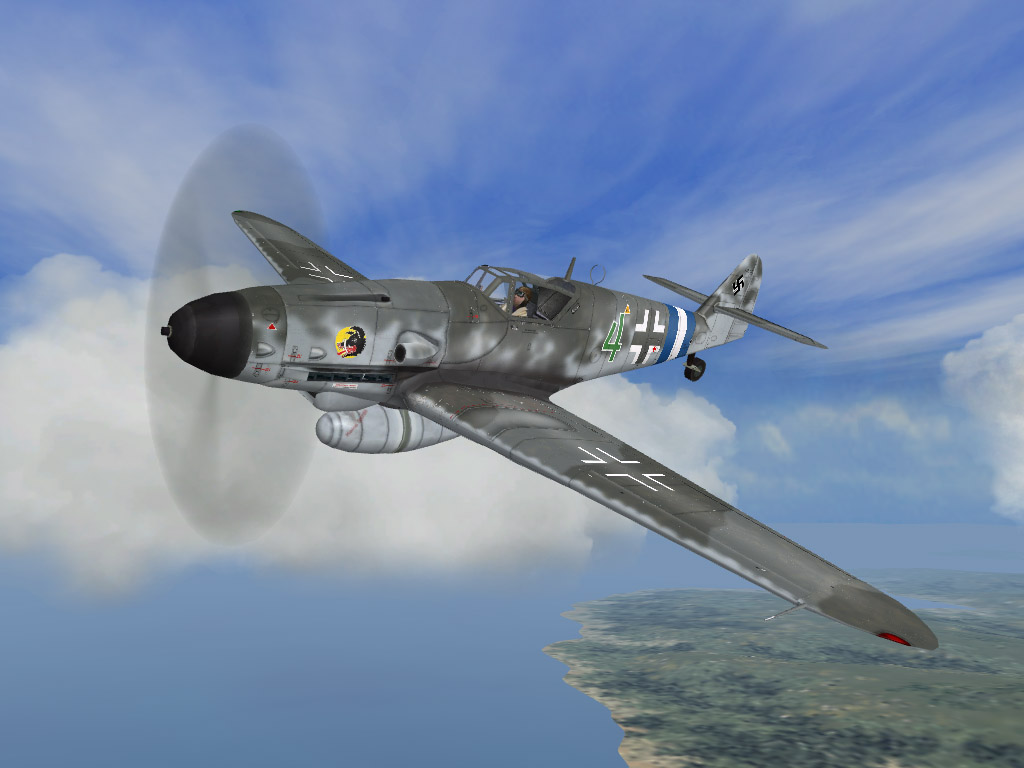

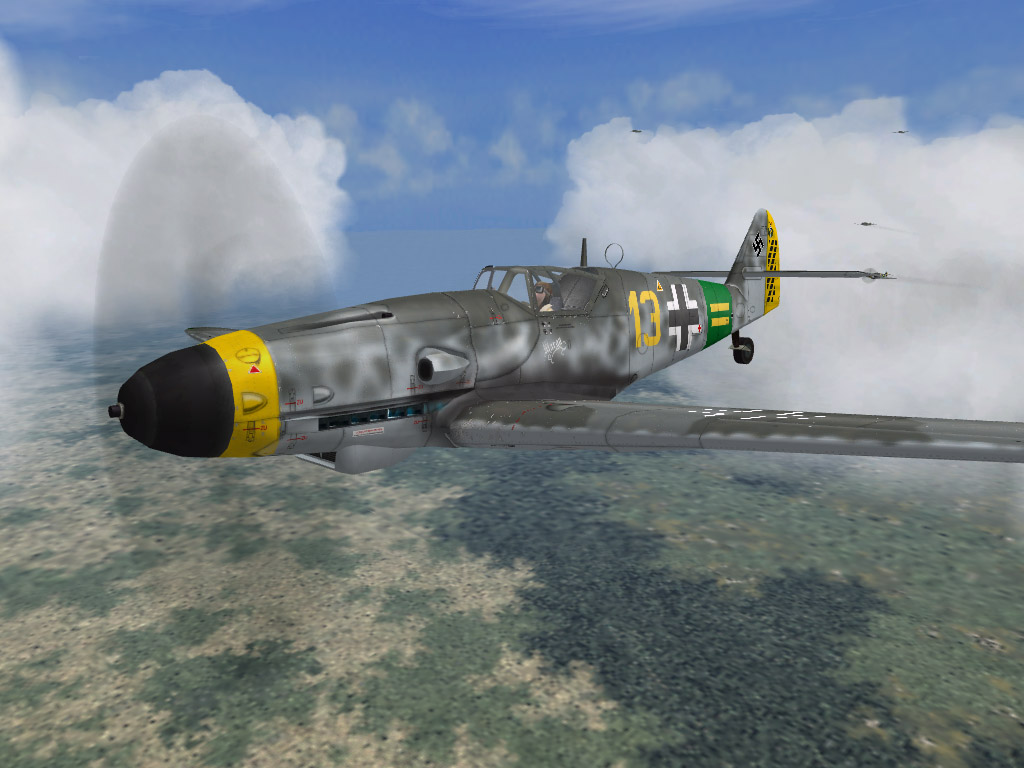

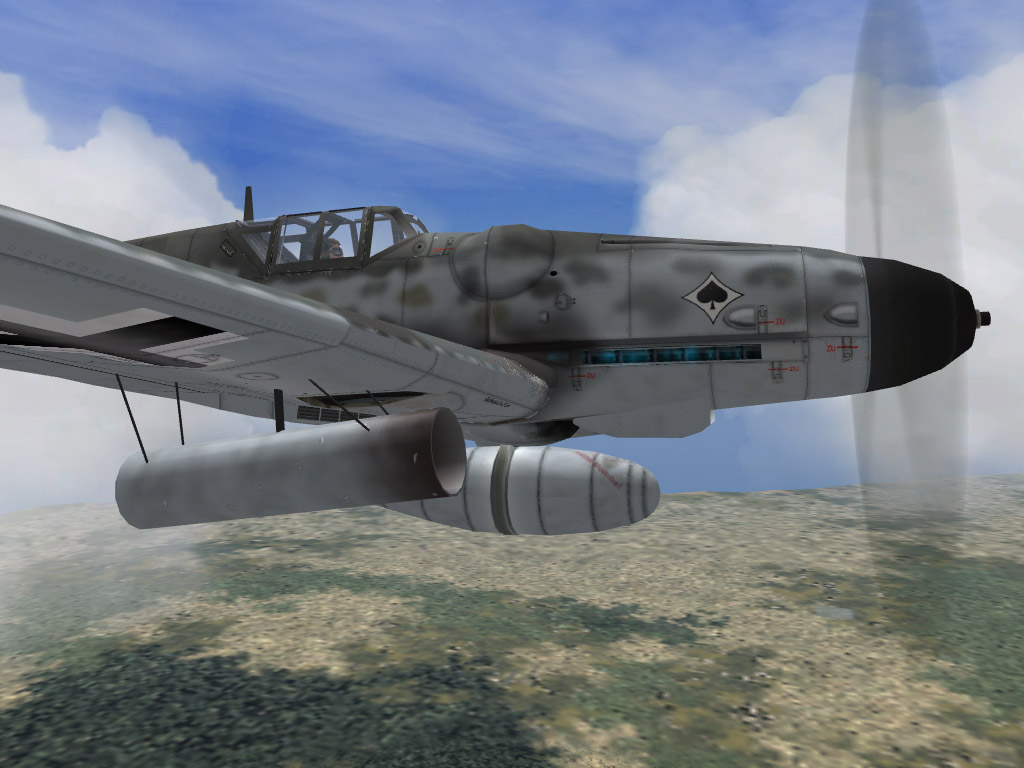
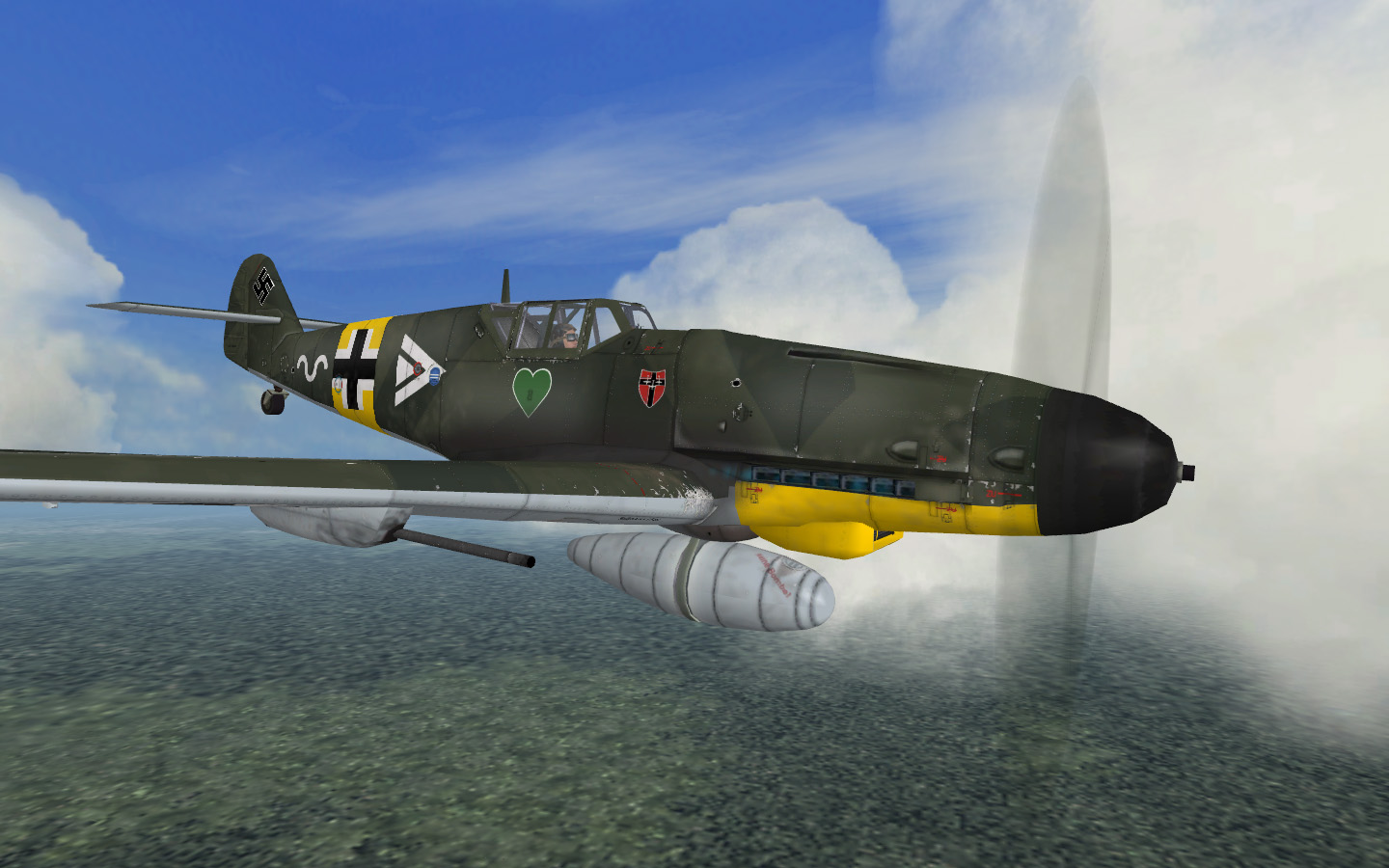
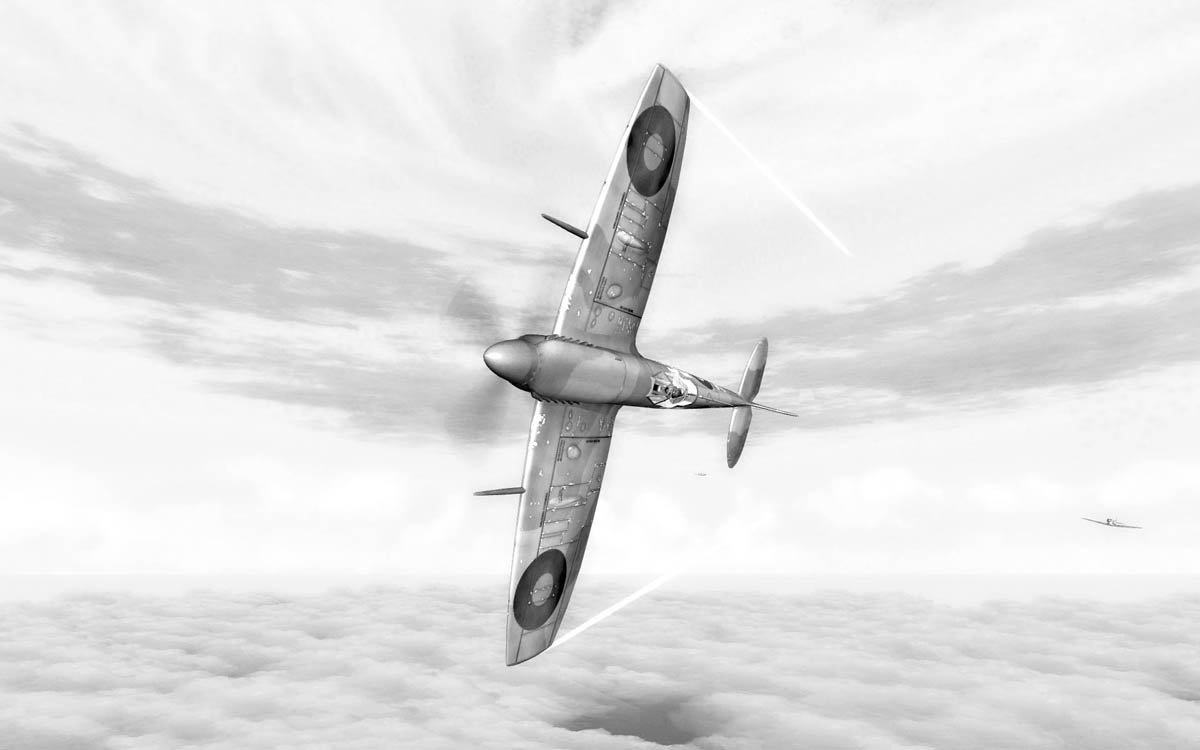
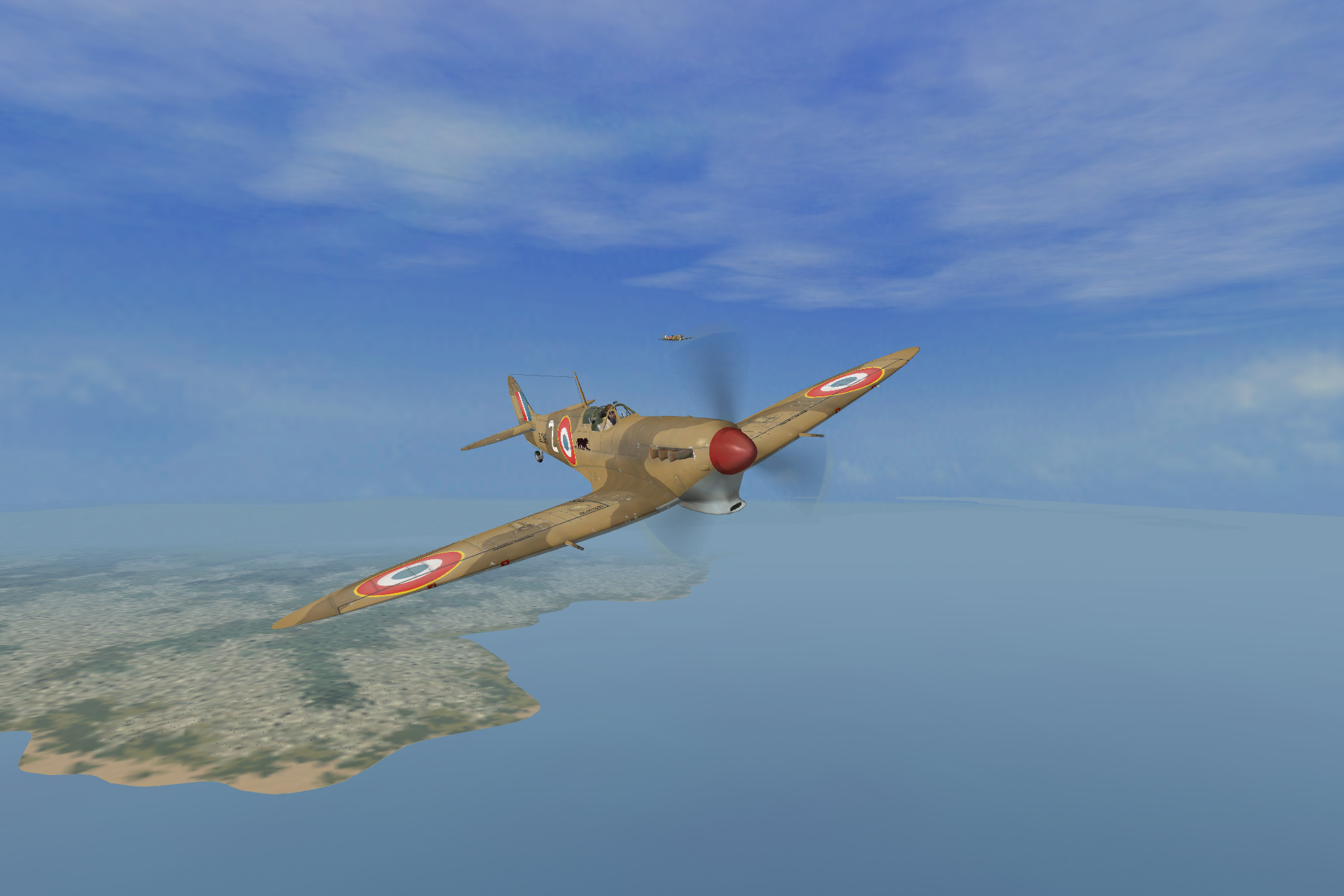

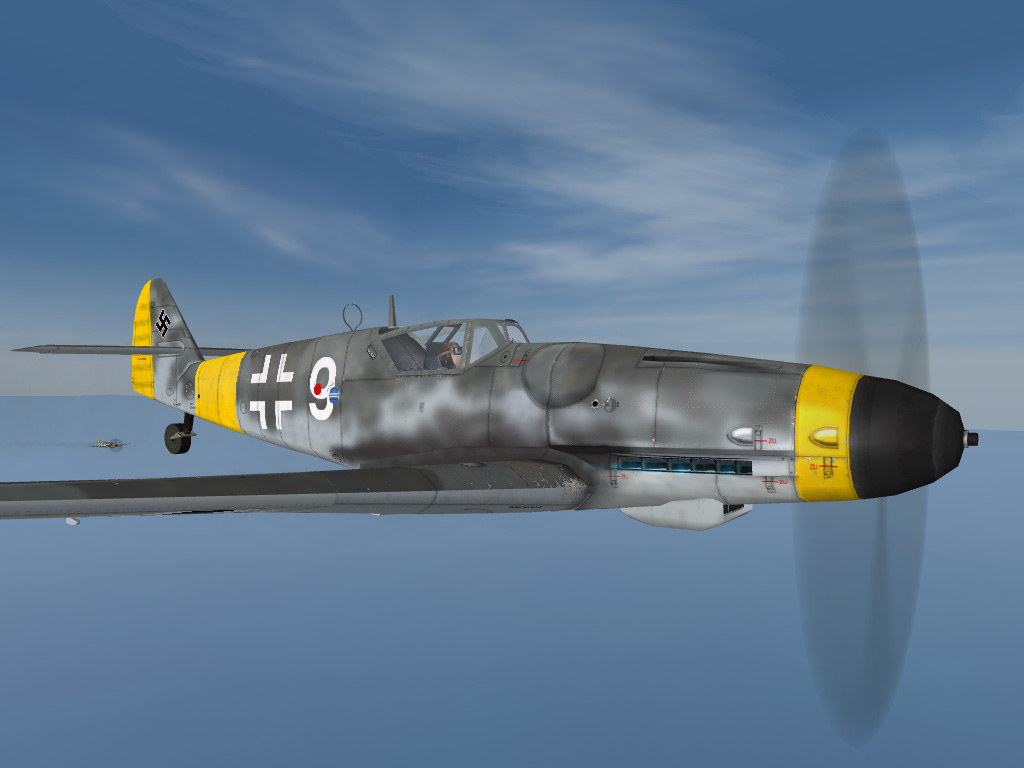
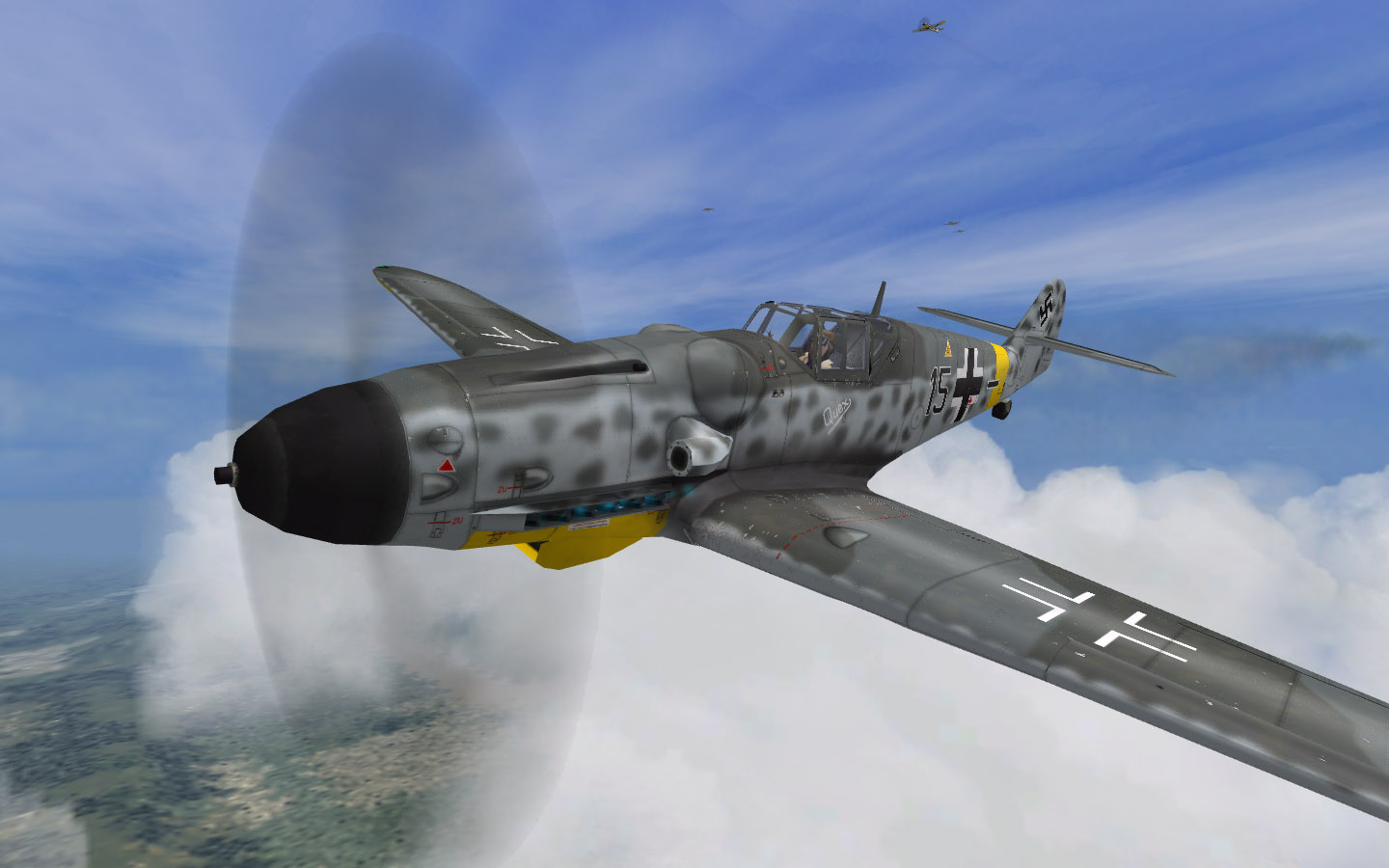
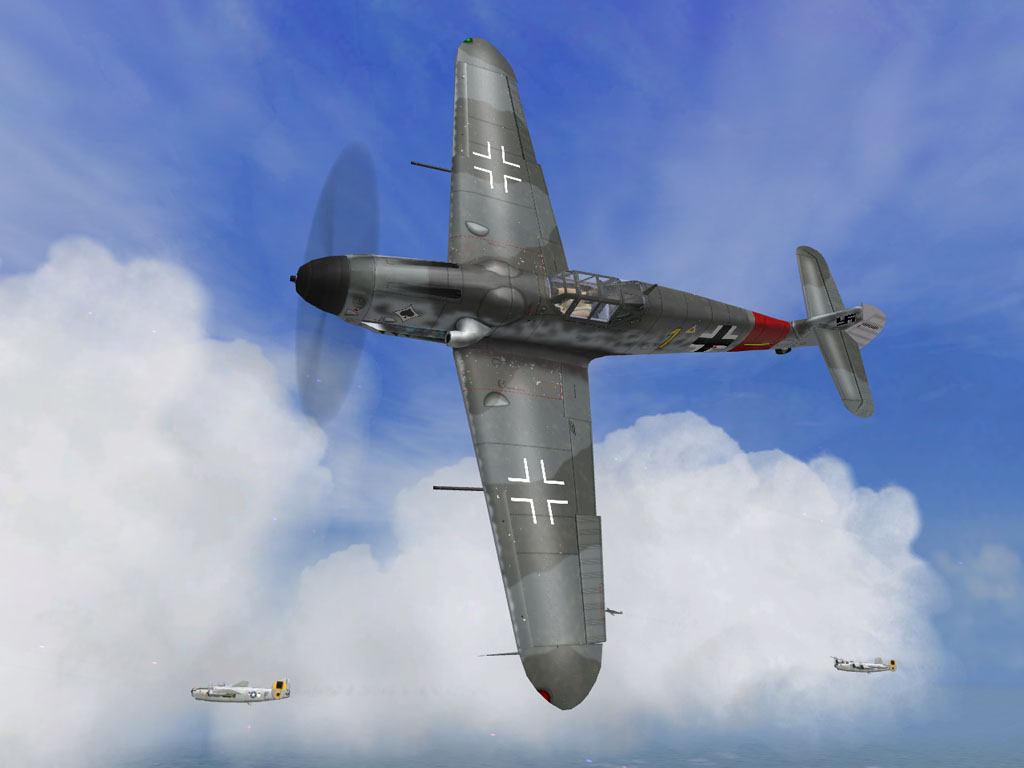
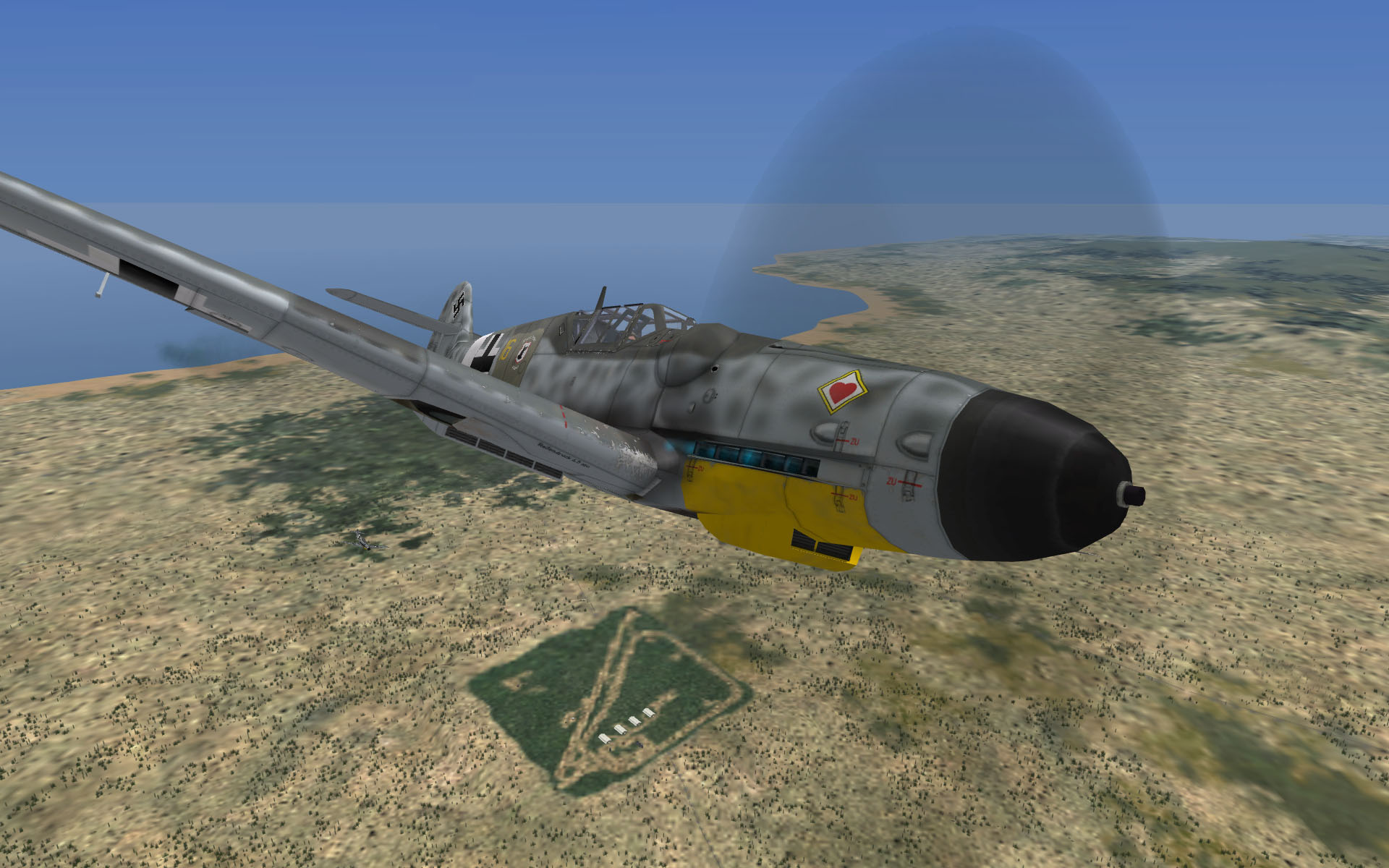


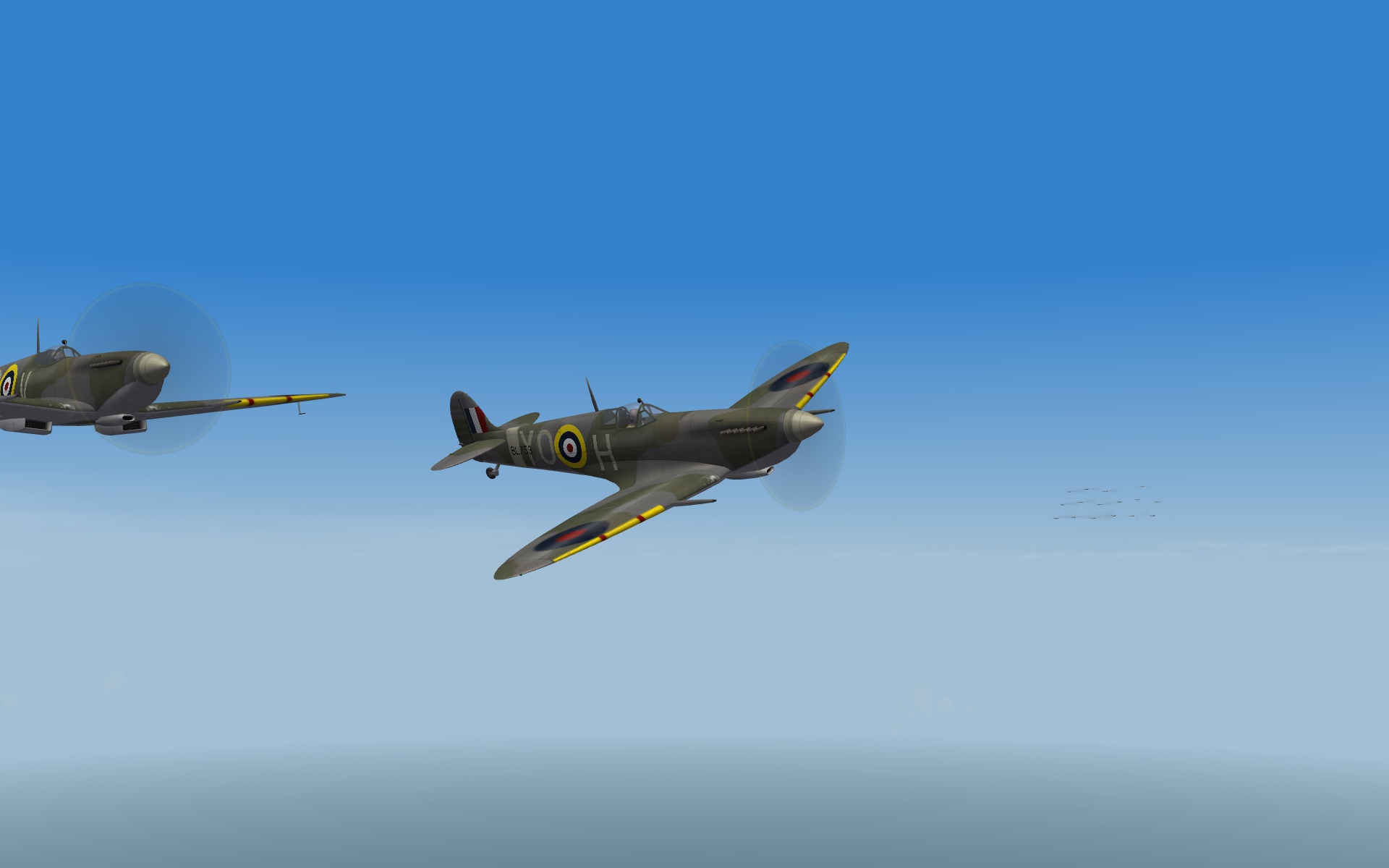

Machine gun fire problem...
in Thirdwire: Strike Fighters 2 Series - World War II Forum
Posted · Edited by ndicki
So there you are at angels 20 swanning round and enjoying the view, when you catch a glimpse of a swarm of Heinkels pottering along blithely towards the land of hope and glory, clearly intent on all kinds of mischief. "Toaster aircraft, this is Toaster Leader, about twenty bandits at two o'clock low, look like Heinkels. Blue section stay up and cover us - they may have little friends in the area, so keep them well peeled. Red section, going down..." And off you pop to give them a bit of a squirt, throttle back as you dive, eye in the mirror, there's Johnny covering your tail, so in we go... Thumb on the rocker, he'll do, that one at the back looking like he hasn't seen us and...."
And your FPS drop to slideshow levels as the Heinkels open fire on you. Rather spoils the immersion, actually.
Does anybody have any suggestions? I've tried a few things, but to no avail...